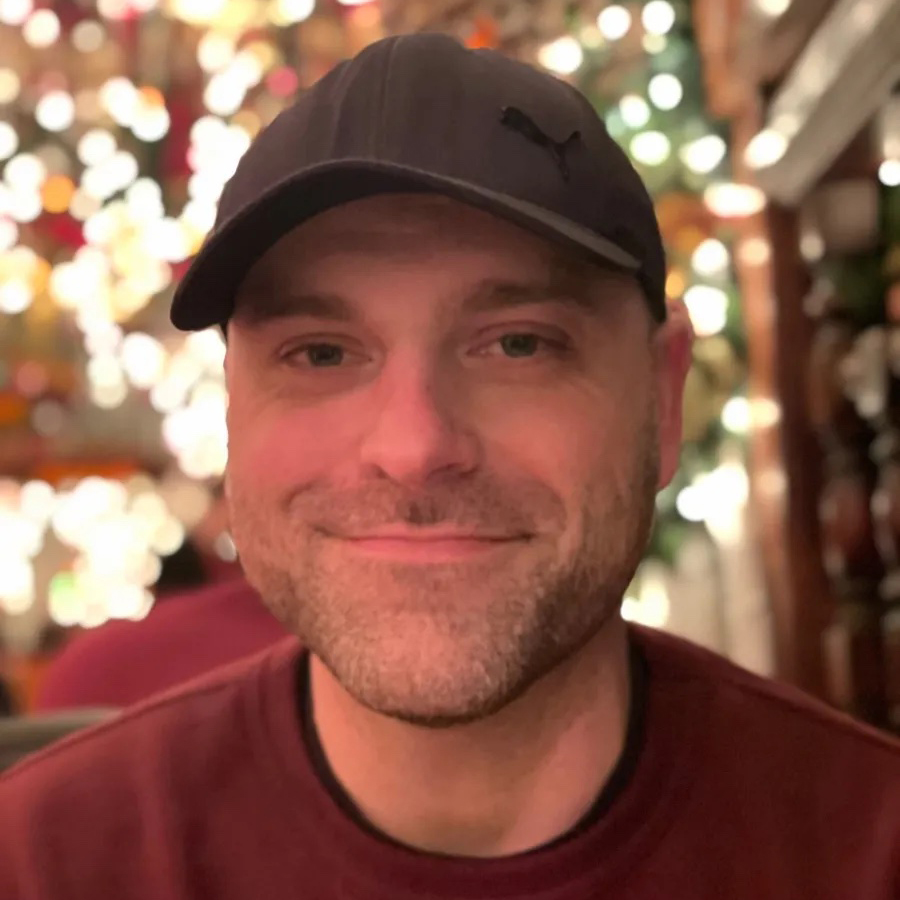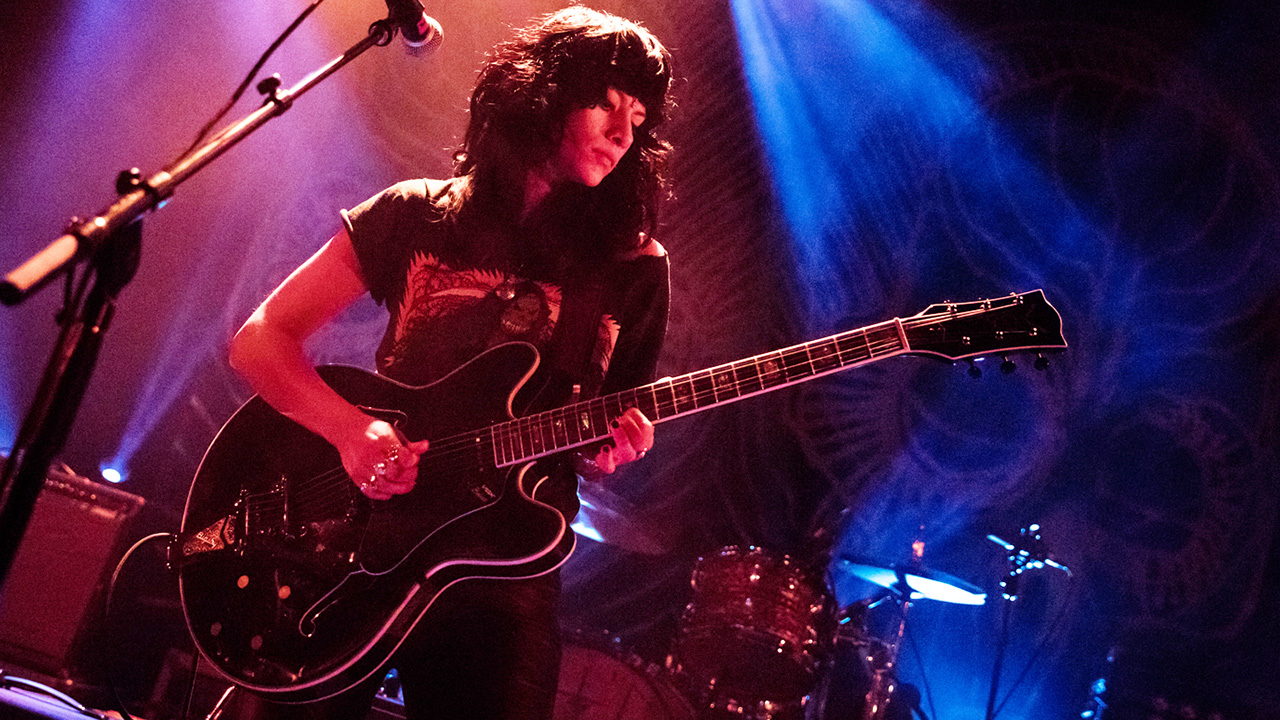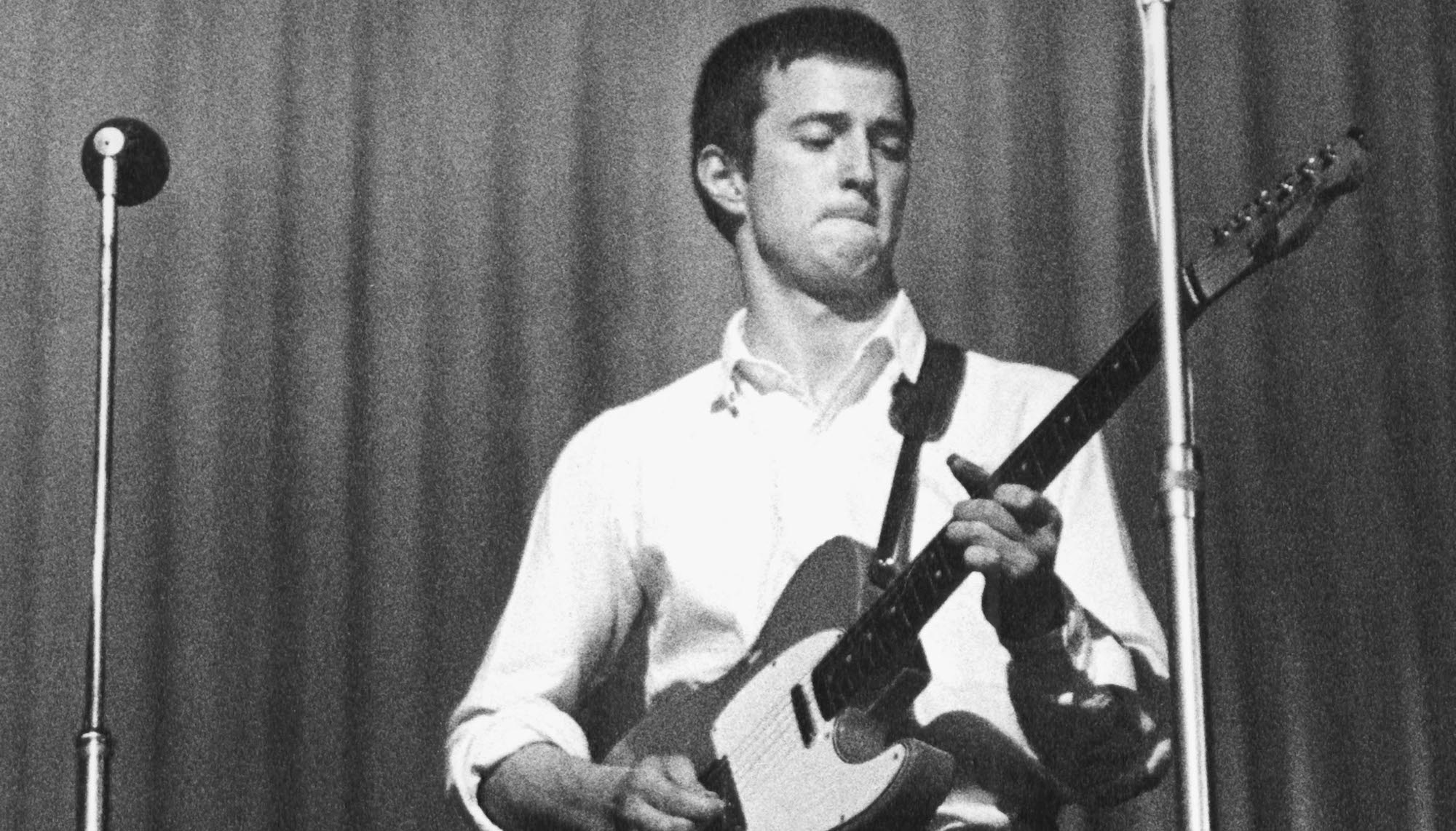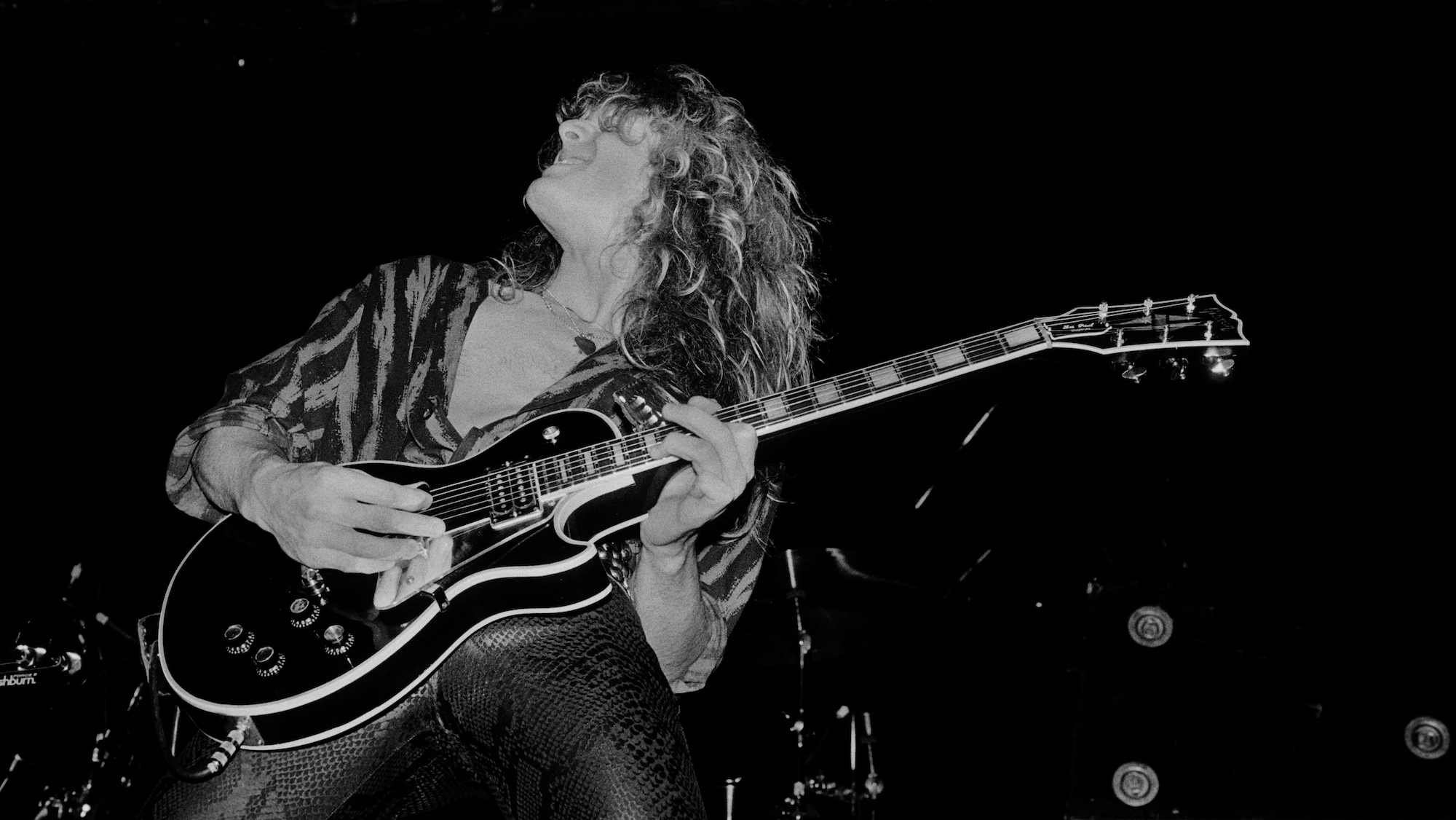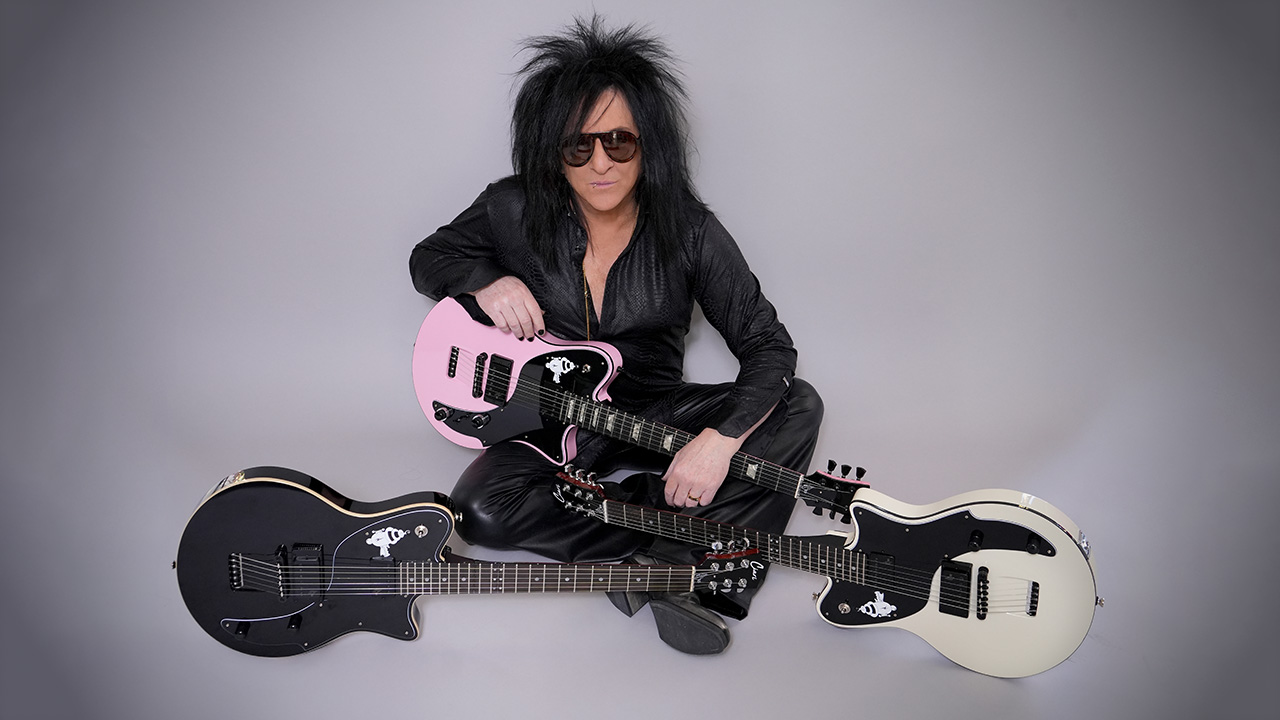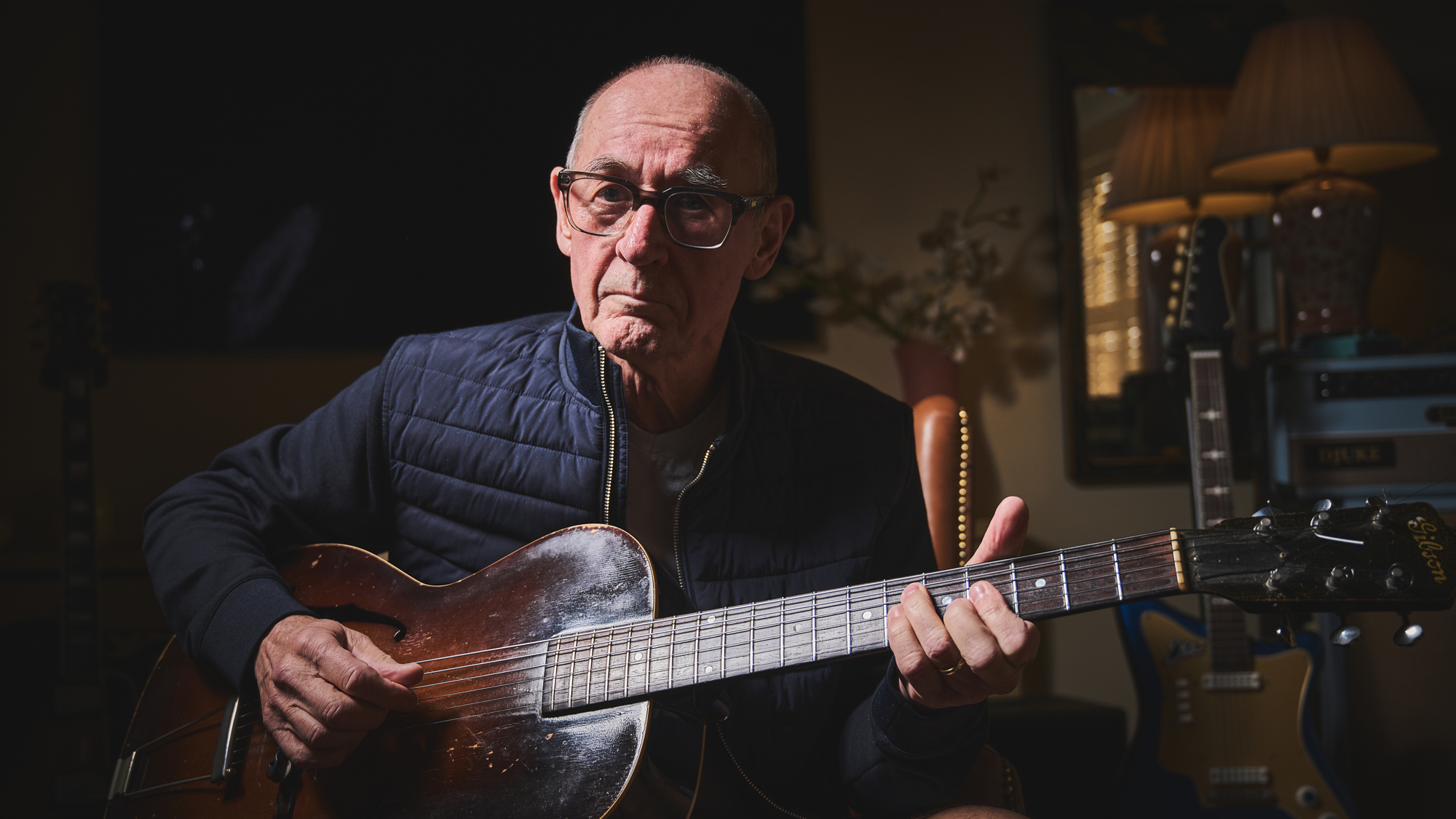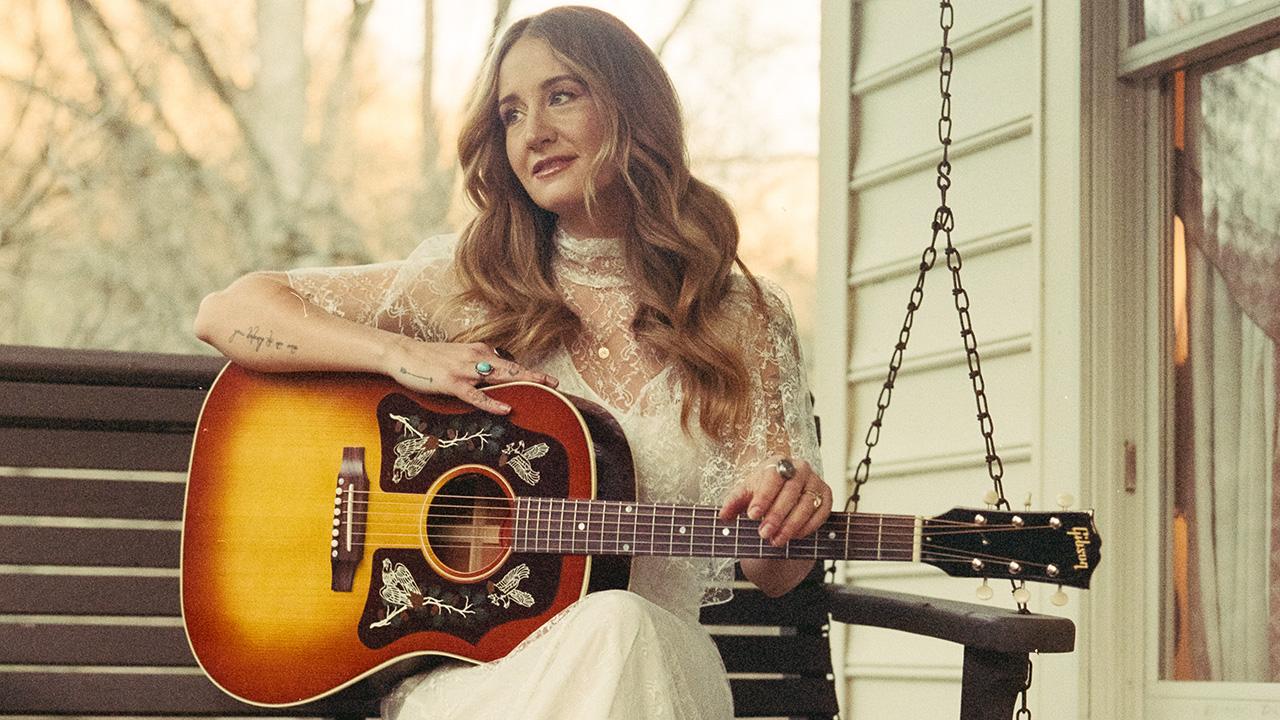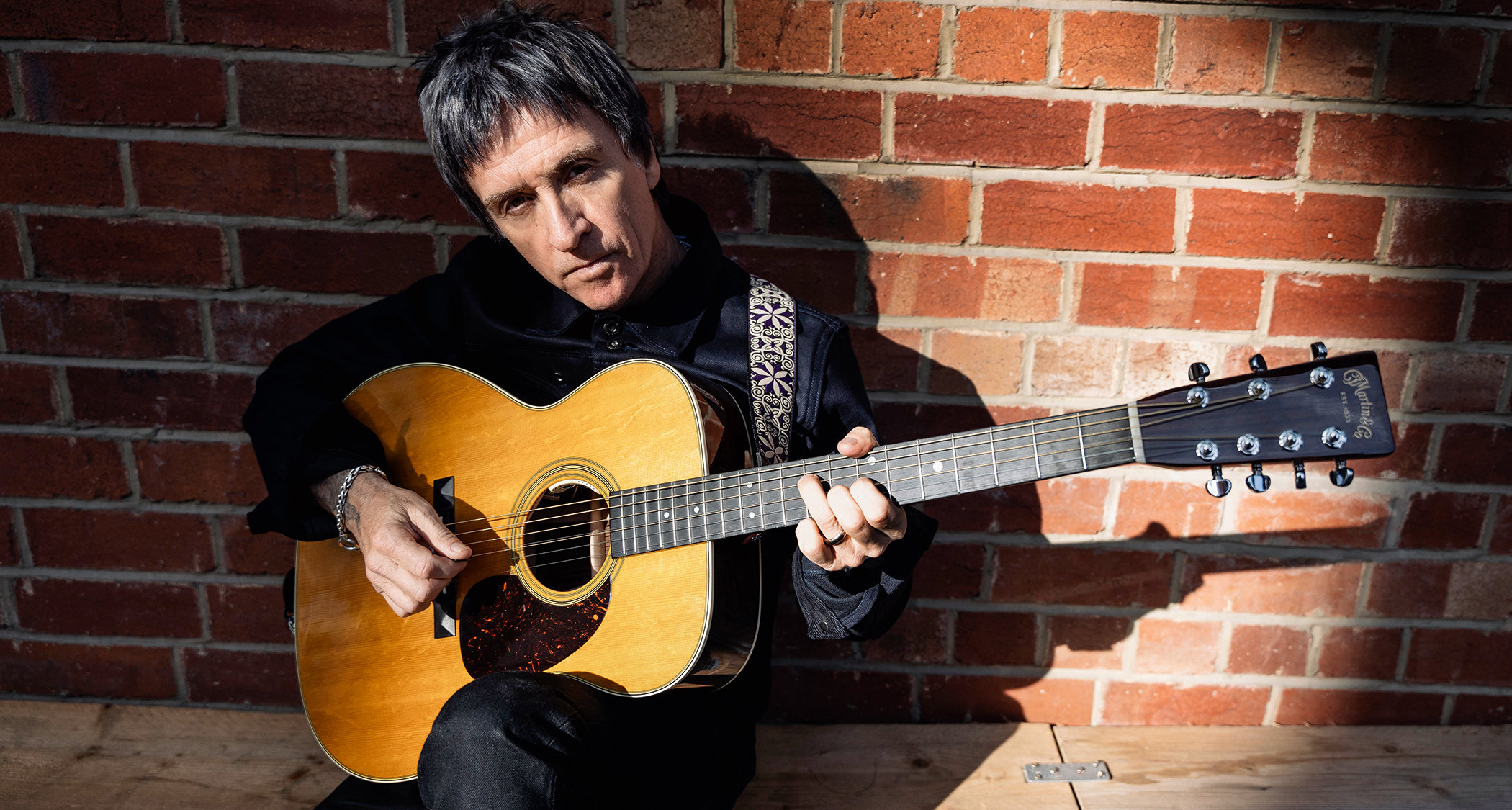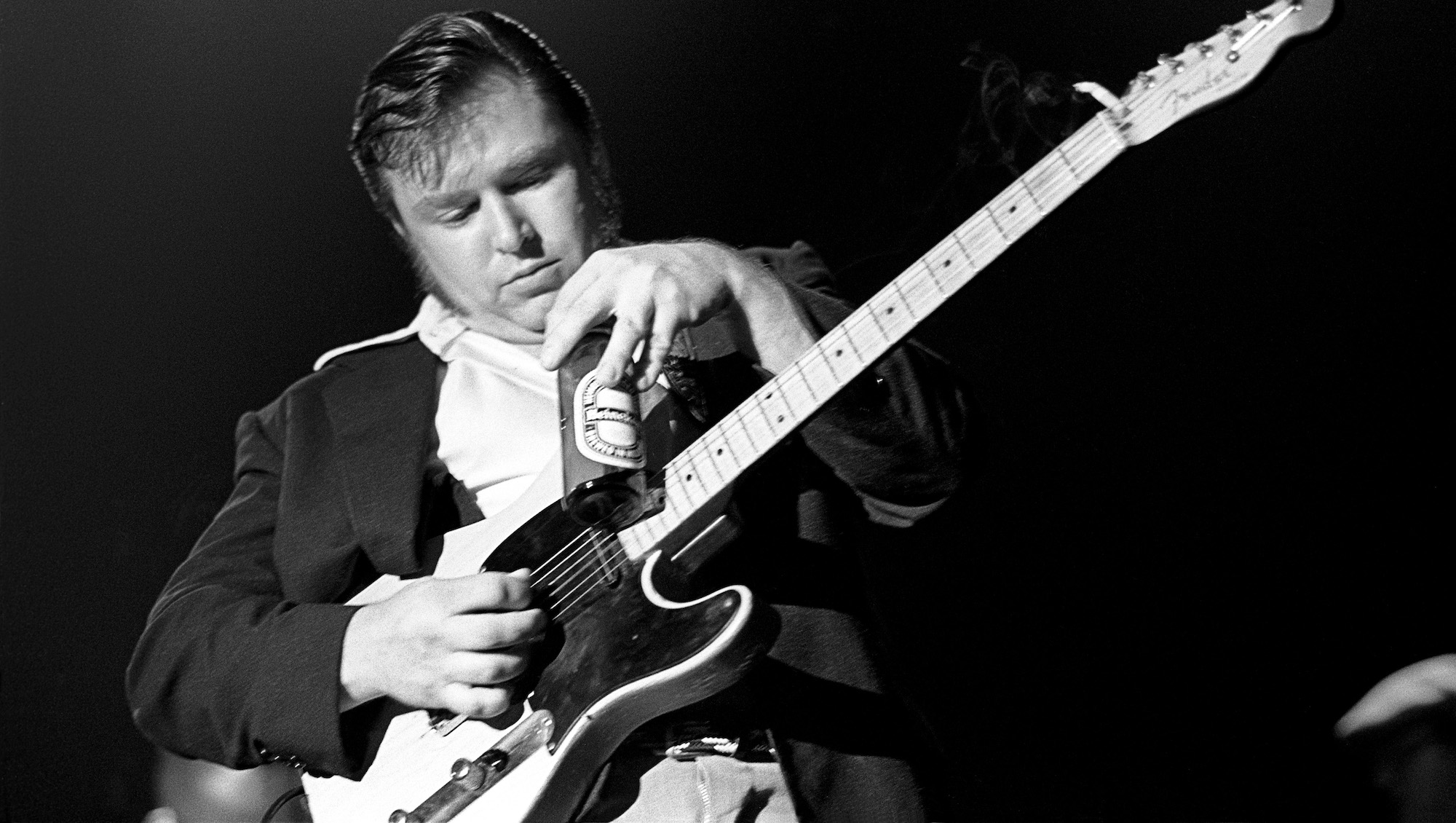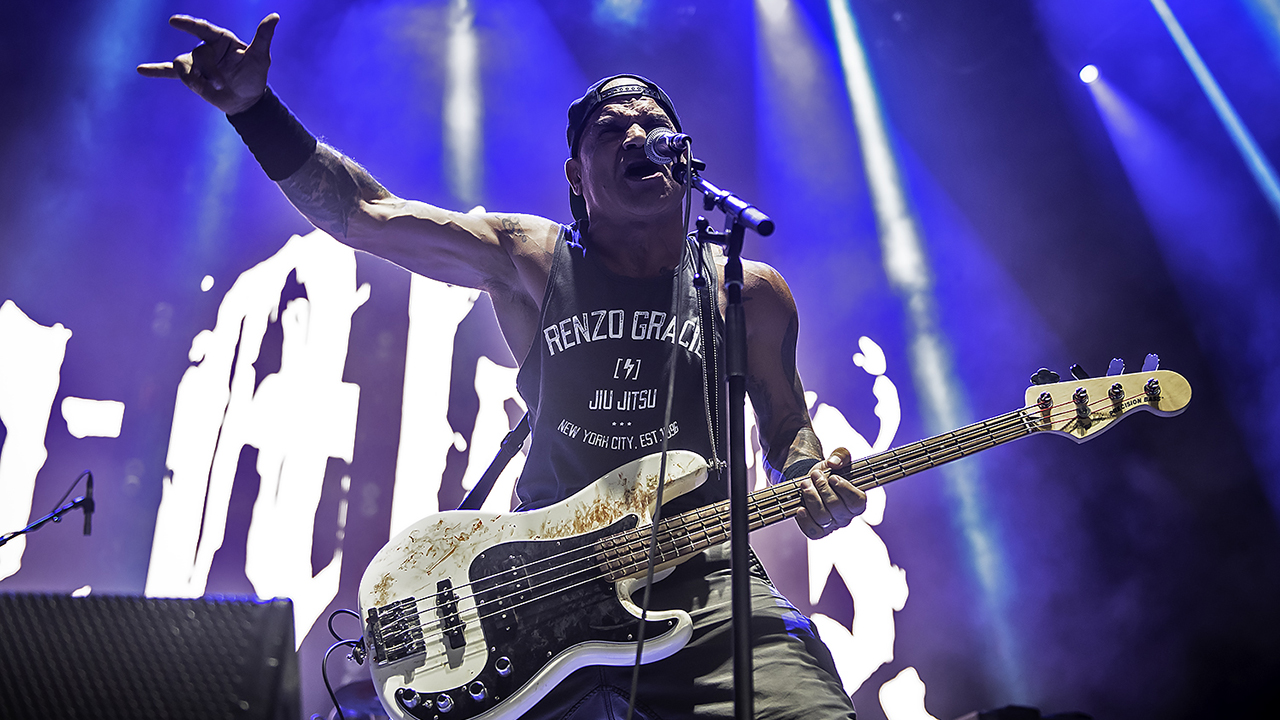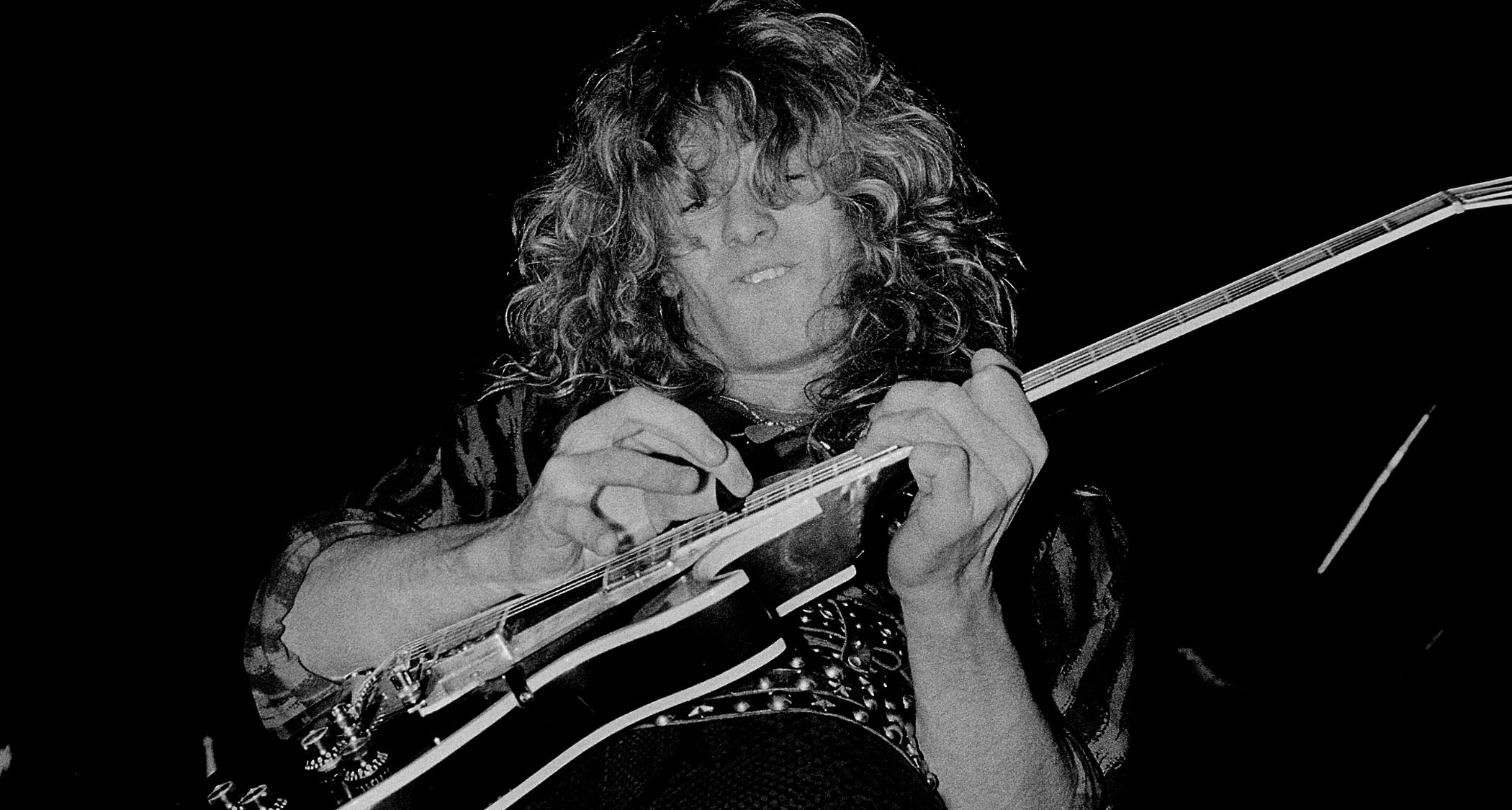“He’d lay down 17 tracks and edit them down to one. I was like, ‘Just give me a guitar – I could do it in one take. Come on!’” Devo’s Josh Hager on the most frustrating album sessions of his life – and his wild custom Fender model
The Hendrix devotee recalls buying back his first guitar which was immediately stolen, adjusting his guitar’s action to prevent him playing solos, and filling the late Bob Casale’s shoes by using just one sound, but using it well
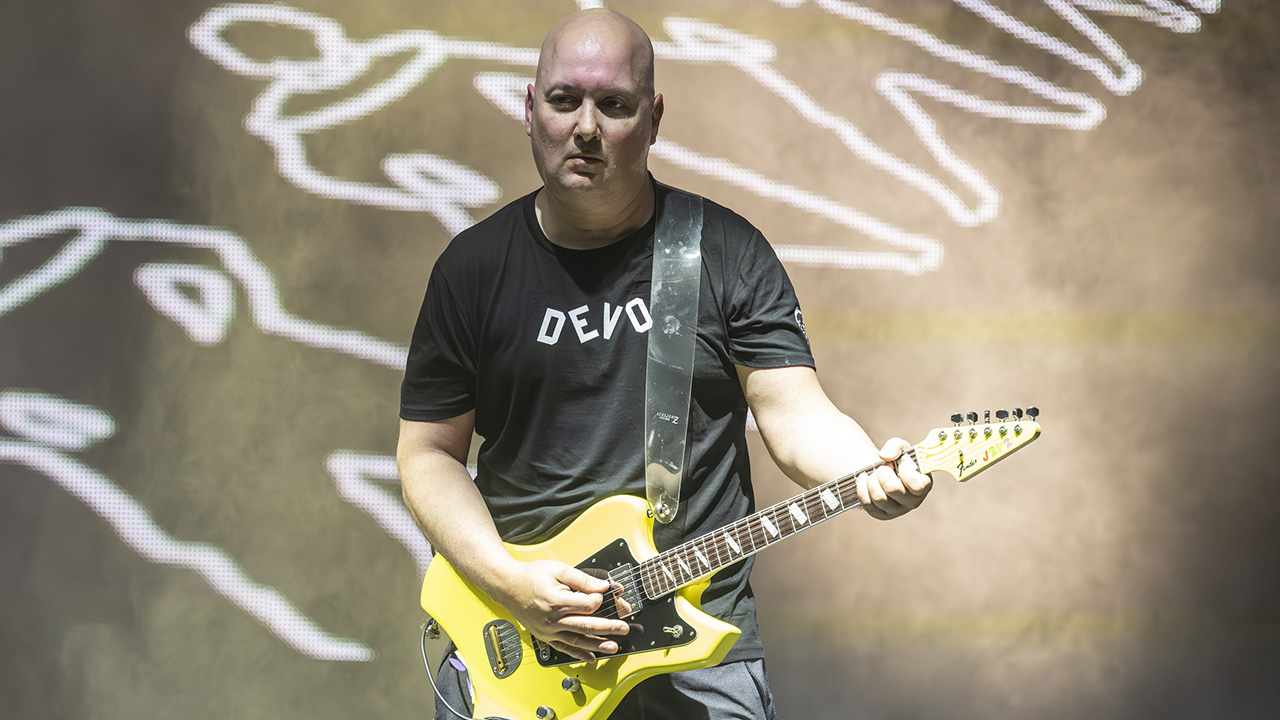
Since starting out as an ’80s metalhead and Hendrix devotee, Josh Hager has always taken an eclectic approach to guitar. Along with solo and production work, he’s been a full-time member of Devo since replacing Bob Casale after his death in 2014.
“It’s nerve-wracking,” he admits. “Those are some very large shoes to fill. Bob was a great player and a great musician. It’ll hit me in the middle of a show – ‘Oh my God, I’m playing with Devo!’”
He continues: “It’s definitely made me a better and tighter player. I think more outside of the box about how the songs are really stripped down. They sound more powerful. You can hear everything, so it’s got to be super-tight.”
What got you started on guitar?
“I remember it clearly – I was 11 years old, at my friend's house, and he handed me Jimi Hendrix’s Smash Hits record. I went home and listened to it, and something clicked. That’s what started me and my brother [Paul David Hager] – who was an influence because he played as well – early on.”
Do you remember your first real guitar?
“My first real guitar was a 1981 Fender USA Bullet, which I sold in 1984. Through Facebook, I found out who wound up with the guitar in 2010. The guy sold it back to me through my brother, who was on tour there, for $250 – the same amount I’d sold it for.
Get The Pick Newsletter
All the latest guitar news, interviews, lessons, reviews, deals and more, direct to your inbox!
“Then it got stolen from my brother’s hotel. The cops found it in a disgruntled employee's apartment. So my brother got it back to LA, and I got it back to Massachusetts, and gave it to my son as his first guitar.”
What was your entry point as a professional guitarist, and what did your rig look like?
“In my teenage years – the mid to late ’80s – things got a little heavy metalish. I was doing the pointy headstock guitars and figuring out those records in my bedroom. Then, I joined a band right out of high school that was more like The Cure.
“I got a Hamer Phantom A5 GT, and I adjusted the action to be like half an inch off the neck, so I couldn’t solo; I could only play chords. So I kind of relearned how to play guitar in that alternative band. It was the Hamer into a ProCo Rat pedal, into a JC-120 on one side and a Fender Super on the other. That was my rig, along with a Roland Dimension Chorus.”
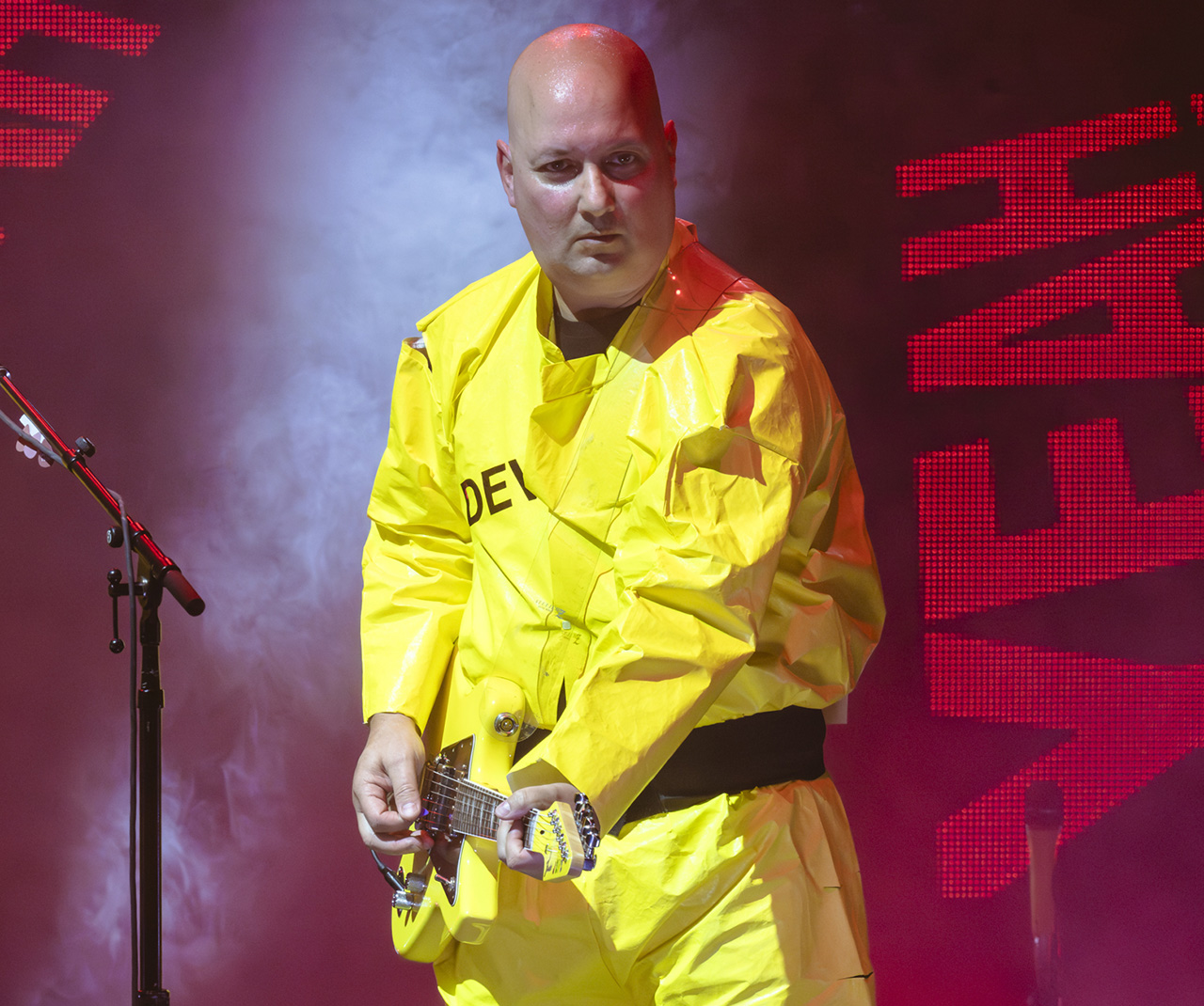
How did meeting Rivers Cuomo lead to your working with former Weezer bassist Matt Sharp?
“That’s a weird one – before I met Matt, my band The Elevator Drops had toured with his band The Rentals, but he never got off the bus so we never had any contact. Years later, Rivers was in Boston, and I went over to his house because he was looking at doing some solo stuff and needed a guitar player.
“Then, a couple of years later, Matt was looking for a guitar player, and Rivers recommended me to Matt. I wound up back in LA, hooked up with Matt, and then we did a Japanese tour. And then Matt and I drove out to Leiper’s Fork, Tennessee, where we lived in a farmhouse that we rented with a bunch of gear, and recorded his solo record for the next two years.”
I was used to using a lot of effects before Devo, but with this band it’s just one sound
You must have made quite the impression on Rivers for him to recommend you.
“I’ve never spoken to him since – we didn’t really know each other; somebody had recommended me to him. So I’m not sure what it was, but when Matt asked, he said, ‘Oh, I’ve got this guy…’”
How did you handle what turned out to be a decidedly non-guitar album, Matt Sharp?
“The gear for the tour in Japan was an Epiphone Casino from the ’70s into my ‘blackface’ Fender Showman. I think I had a Hiwatt stack and a pedalboard on the other side of the stage. But at Leiper’s Fork, Matt wouldn’t let me play guitar!
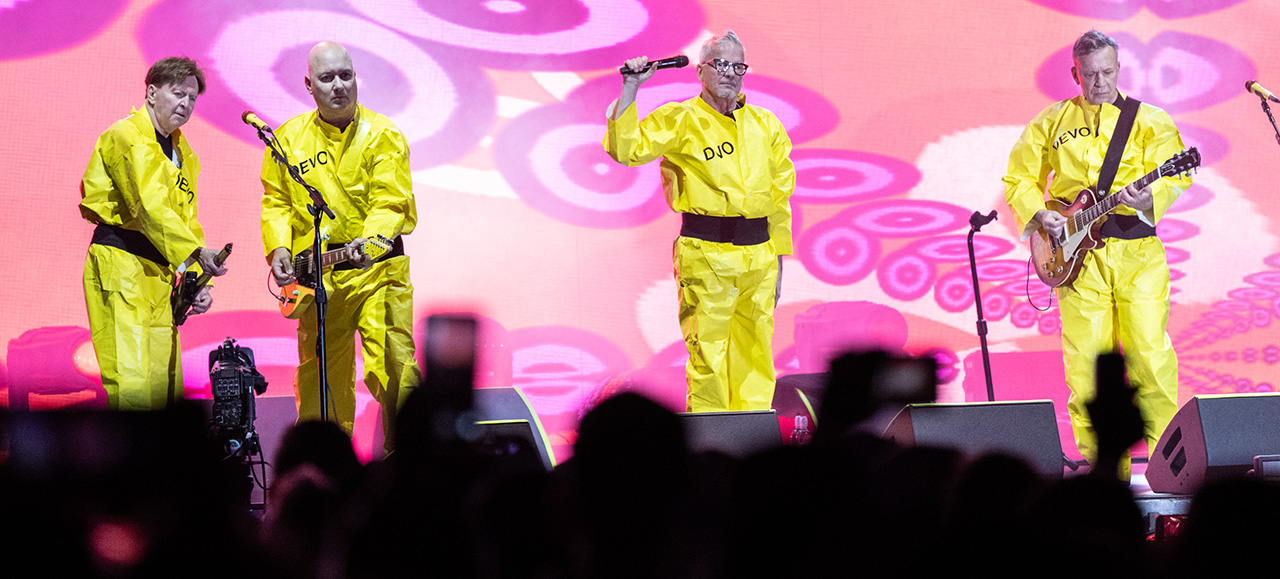
“He was really into his Nick Drake phase; he was trying to do all this fingerpicking acoustic stuff. We’d sit there, and he’d lay down like 17 tracks, and he’d sit there and edit all that down to one track. Then, he’d do another 16 tracks, and he’d edit that. It took days and days.
“I was like, ‘Just give me a guitar, man – I could do it in one take. Come on!’ He wouldn’t do it. So I just produced and played a lot of keyboards, percussion, and other things on it.”
How did you first meet the guys in Devo?
“I was also a studio producer and engineer, and I wound up working with [Devo vocalist/bassist] Gerald Casale on a project. We got along really well and had the same sense of humor and outlook. So when Devo was doing Something for Everybody in 2010, my brother and I got them into Sunset Sound because we wanted to sort of bring the old Devo sound back.
“We did a lot of research on how the drums were mic’d on Freedom of Choice and what they used. We tracked a tape, and we had Bob playing through amps – they were using pods at the time – and we had it sounding like a ‘70s Devo record.
“Those songs went to Warner Brothers, who signed them. Then they hired all these other producers, and they kind of picked through, took stuff out, rearranged things, and changed them a bit.”
You joined Devo full-time after Bob passed away in 2014. What are some of the nuances you’ve encountered while covering his parts?
“Those parts aren’t as easy to play as people would think. For instance, Satisfaction is all downstrokes – mechanical, really tight and really fast. I was used to using a lot of effects before that, but with this band it’s just one sound: a slightly distorted Fender amp sound, and that’s it.
Because I’m friends with Bob’s son, I wanted to be as respectful of what he did as possible
“The whole thing is your playing, so I tried to get it as right and as accurate as possible. I studied and studied and watched videos, and you can’t help but move like that if it’s in your DNA. And because I’m friends with his son too, I just wanted to be as respectful of what he did as possible.”
What’s your primary rig like with Devo?
“It’s all about the guitar. I started out with a Gibson L6-S, which Bob used – I went out and got one just to keep Devo accurate. Eventually, Ron Thorn from Fender made me the J2V2, the yellow guitar I play. I had him copy the pickups from Bob’s Whip It guitar, a ’70s Les Paul Custom.”
What’s next for you?
“Devo has got a lot of touring coming up starting in May. And I’ll be working with Gerry in the studio on some solo material. And then there’s my own solo stuff, which I don’t know if I’m going to put under Garvy J or Josh Hager yet…”
Andrew Daly is an iced-coffee-addicted, oddball Telecaster-playing, alfredo pasta-loving journalist from Long Island, NY, who, in addition to being a contributing writer for Guitar World, scribes for Bass Player, Guitar Player, Guitarist, and MusicRadar. Andrew has interviewed favorites like Ace Frehley, Johnny Marr, Vito Bratta, Bruce Kulick, Joe Perry, Brad Whitford, Tom Morello, Rich Robinson, and Paul Stanley, while his all-time favorite (rhythm player), Keith Richards, continues to elude him.
You must confirm your public display name before commenting
Please logout and then login again, you will then be prompted to enter your display name.
“I suppose I felt that I deserved it for the amount of seriousness that I’d put into it. My head was huge!” “Clapton is God” graffiti made him a guitar legend when he was barely 20 – he says he was far from uncomfortable with the adulation at the time
“I was in a frenzy about it being trapped and burnt up. I knew I'd never be able to replace it”: After being pulled from the wreckage of a car crash, John Sykes ran back to his burning vehicle to save his beloved '76 Les Paul

